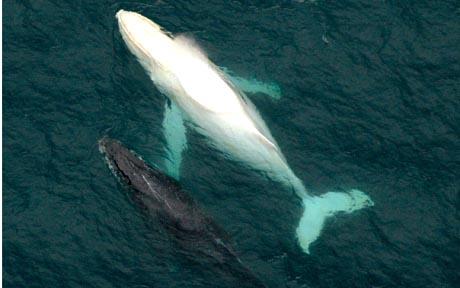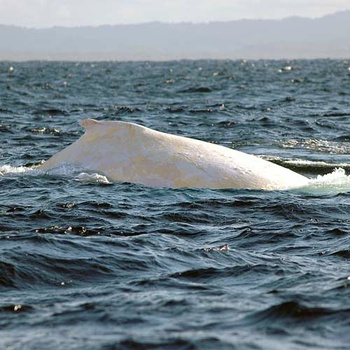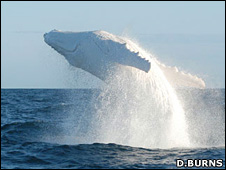OF THE
TIMES
Briefly stated, the Gell-Mann Amnesia effect is as follows. You open the newspaper to an article on some subject you know well... You read the article and see the journalist has absolutely no understanding of either the facts or the issues. Often, the article is so wrong it actually presents the story backward—reversing cause and effect...
In any case, you read with exasperation or amusement the multiple errors in a story, and then turn the page to national or international affairs, and read as if the rest of the newspaper was somehow more accurate about Palestine than the baloney you just read. You turn the page, and forget what you know.
''As reported by the outlet, Trump's team is discussing penalties against both allies and adversaries who seek to divert their trade from the...
That fear mongerer lives in an imaginary world.
Masonic dialectic Reductio ad absurdum - Garbage in - Garbage out ~ One man’s terrorist is another man’s freedom fighter 🤡💩🎪 How about some salty...
wow that stinky piece of cheeeeeese. when Russia demanded to have no rockets stationed at its borders that was ignored, but they are crying...
Neil Oliver yet again muddying the waters on behalf of those who pays his salary! The man’s a very educated slug. Covid injections soul purpose...
To submit an article for publication, see our Submission Guidelines
Reader comments do not necessarily reflect the views of the volunteers, editors, and directors of SOTT.net or the Quantum Future Group.
Some icons on this site were created by: Afterglow, Aha-Soft, AntialiasFactory, artdesigner.lv, Artura, DailyOverview, Everaldo, GraphicsFuel, IconFactory, Iconka, IconShock, Icons-Land, i-love-icons, KDE-look.org, Klukeart, mugenb16, Map Icons Collection, PetshopBoxStudio, VisualPharm, wbeiruti, WebIconset
Powered by PikaJS 🐁 and In·Site
Original content © 2002-2024 by Sott.net/Signs of the Times. See: FAIR USE NOTICE



Reader Comments
to our Newsletter